Trigger Finger Release & Surgical Treatment
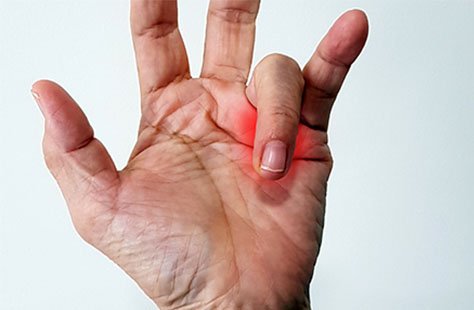
Trigger finger causes pain, stiffness, and locking in your fingers. Trigger finger release surgery is a quick, effective solution that restores smooth movement, relieving discomfort and improving hand function.
What is Trigger Finger?
Trigger finger, also called stenosing tenosynovitis, is a condition that affects the tendons in the fingers or thumb. It causes stiffness, pain, and a sensation of locking or catching when bending or straightening the affected finger. This occurs when the tendon sheath becomes inflamed or thickened, making it difficult for the tendon to glide smoothly.
In severe cases, the finger may become stuck in a bent position. The condition commonly affects the thumb, ring, or middle finger and can occur in one or multiple fingers.
What Causes Trigger Finger?
Trigger finger occurs when the tendon sheath in the finger becomes irritated or inflamed. This inflammation narrows the space through which the tendon moves, making it difficult for the finger to bend and straighten smoothly.
Common causes and risk factors include:
- Repetitive hand movements: Frequent gripping or grasping motions can strain the tendons.
- Medical conditions: Diabetes, rheumatoid arthritis, and gout increase the risk.
- Prolonged pressure: Continuous use of tools or activities that put pressure on the palm.
- Gender and age: More common in women and individuals over 40.
- Previous hand injuries: Trauma to the hand can contribute to tendon irritation.
- How does the tendon become affected?
The tendon becomes affected when the sheath surrounding it becomes inflamed or thickened. This limits the tendon’s ability to glide smoothly, causing irritation and further swelling. Over time, a nodule may form on the tendon, making movement even more difficult.
As the tendon tries to move through the narrowed sheath, it may catch or lock. This leads to the characteristic snapping sensation of trigger finger. In severe cases, the finger may become stuck in a bent position and require manual force to straighten.
Is rheumatoid arthritis a common cause?
Yes, rheumatoid arthritis is a common cause of trigger finger. This condition leads to chronic inflammation in the joints and surrounding tissues, including the tendon sheaths. Over time, the inflammation can cause thickening and narrowing of the sheath, making tendon movement difficult. People with rheumatoid arthritis are at a higher risk of developing trigger finger due to ongoing joint and tendon damage.
What role does the flexor tendon play?
The flexor tendon plays a key role in bending the fingers and thumb. It connects the muscles in the forearm to the bones in the fingers, allowing smooth movement. The tendon runs through a protective sheath, which helps keep it in place and ensures flexibility.
In trigger finger, the sheath becomes inflamed or thickened, restricting the tendon’s movement. This causes difficulty in bending and straightening the finger, leading to pain, stiffness, and the characteristic catching or locking sensation.
When is Trigger Finger Release Surgery Necessary?
Trigger finger release surgery is necessary when symptoms persist despite non-surgical treatments. If pain, stiffness, and locking interfere with daily activities, surgery may be the best option.
Doctors may recommend surgery in the following cases:
- Severe pain: Ongoing discomfort that does not improve with rest, splinting, or medications.
- Limited movement: Difficulty bending or straightening the finger, affecting hand function.
- Persistent locking: The finger frequently gets stuck in a bent position.
- Failure of other treatments: Corticosteroid injections, physical therapy, or other conservative methods have not provided relief.
- Multiple affected fingers: Surgery may be needed if more than one finger is involved and symptoms are worsening.
- What are the symptoms of trigger finger?
Trigger finger symptoms develop gradually and may worsen over time. They often start with mild discomfort and progress to more noticeable movement restrictions.
Common symptoms include:
- Finger stiffness: Especially in the morning or after inactivity.
- Clicking or popping sensation: When bending or straightening the affected finger.
- Pain or tenderness: At the base of the finger or thumb.
- Finger locking: The finger may temporarily get stuck in a bent position before suddenly straightening.
- Permanent bending: In severe cases, the finger remains stuck and requires manual force to extend.
- What Does the Surgical Procedure Involve?
Trigger finger release surgery is a minor procedure that relieves tendon restriction by opening the narrowed sheath. It is typically performed under local anesthesia on an outpatient basis, meaning the patient can go home the same day.
Steps of the Procedure
- Anesthesia: The surgeon injects local anesthesia into the affected finger or palm to numb the area. The patient remains awake but does not feel pain.
2.Incision or Needle Release:
- ○ Open Surgery: The surgeon makes a small incision in the palm near the base of the affected finger.
- ○ Percutaneous Release: A needle is inserted through the skin to cut the tightened sheath without an incision.
- Releasing the Tendon: The surgeon carefully cuts the thickened tendon sheath, creating more space for the flexor tendon to move freely. This relieves the locking and pain.
- Closing the Incision (if applicable): In open surgery, the incision is closed with stitches and covered with a bandage. In percutaneous release, no stitches are needed.
- Recovery and Dressing: The hand is wrapped in a light bandage. The patient is advised to move the finger gently to prevent stiffness.
The entire procedure usually takes 10 to 20 minutes. Most patients regain normal finger movement soon after surgery, with full recovery taking a few weeks.
How is the a1 pulley released?
The A1 pulley is released by cutting the thickened tissue that restricts the flexor tendon’s movement. This can be done through open surgery or percutaneous release.
Methods of A1 Pulley Release
- Open Surgery: The surgeon makes a small incision in the palm and directly cuts the A1 pulley to free the tendon.
- Percutaneous Release: A needle or blade is inserted through the skin to cut the A1 pulley without an incision.
Once released, the tendon can glide smoothly, relieving pain and restoring movement.
What is percutaneous trigger finger release?
Percutaneous trigger finger release is a minimally invasive procedure used to treat trigger finger without making an open incision. Instead of cutting the skin, the surgeon uses a needle or a small blade to release the A1 pulley through the skin. This allows the flexor tendon to move freely, eliminating the locking and pain.
Steps of the Procedure
- Anesthesia: Local anesthesia is injected into the affected finger or palm to numb the area.
- Needle or Blade Insertion: The surgeon inserts a fine needle or a small blade through the skin at the base of the affected finger.
- Releasing the A1 Pulley: The surgeon carefully moves the needle or blade back and forth to cut the thickened A1 pulley without damaging nearby structures.
- Checking Finger Movement: The surgeon moves the finger to confirm smooth tendon movement.
- Bandaging: A small bandage is applied. No stitches are needed.
Advantages of Percutaneous Release
- No open incision or stitches.
- Faster recovery and minimal scarring.
- Can be performed in an outpatient setting.
- Most patients experience immediate improvement, with full recovery in a few weeks.
Recovery from Trigger Finger Release Surgery
Recovering from trigger finger release surgery is usually quick, with most patients regaining normal finger movement within a few weeks. Proper care and rehabilitation help ensure a smooth recovery.
Immediate Post-Surgery Care
- Wound Care:
- ○ If an open incision was made, the area is covered with a light bandage.
- ○ Stitches (if used) are typically removed after 10–14 days.
- ○ Keep the wound clean and dry for at least 24–48 hours to prevent infection.
- Pain Management:
- ○ Mild pain and swelling are common after surgery.
- ○ Over-the-counter pain relievers like acetaminophen or ibuprofen can help.
- ○ Applying an ice pack for 10–15 minutes at a time reduces swelling.
- Finger Movement:
- ○ Patients are encouraged to move the finger gently soon after surgery to prevent stiffness.
- ○ Light bending and straightening exercises improve flexibility.
- ○ Avoid forceful gripping or heavy lifting for at least 2–4 weeks.
Rehabilitation and Strengthening
- Hand Therapy (if needed):
- ○ Some patients may need physical therapy for strength and flexibility.
- ○ Therapists may recommend massage, stretching, or strengthening exercises.
- Returning to Activities:
- ○ Light activities can resume within a few days.
- ○ Most people return to work within 1–2 weeks, but jobs requiring heavy hand use may need 4–6 weeks.
- ○ Full recovery usually takes 4–6 weeks, depending on the individual.
Are There Non-Surgical Treatments for Trigger Finger?
Yes, several non-surgical treatments can help relieve trigger finger symptoms, especially in mild to moderate cases. These treatments aim to reduce inflammation, improve tendon movement, and prevent the finger from locking.
Common Non-Surgical Treatments
- Rest and Activity Modification: Avoid repetitive gripping or prolonged pressure on the affected hand to reduce strain on the tendon.
- Splinting: Wearing a splint keeps the finger in a straight position, preventing it from locking and allowing the tendon to rest.
- Ice Therapy: Applying ice packs for 10–15 minutes at a time can help reduce swelling and pain.
- Stretching Exercises: Gentle stretching improves flexibility and prevents stiffness. A doctor or physical therapist can recommend specific exercises.
- Nonsteroidal Anti-Inflammatory Drugs (NSAIDs): Medications like ibuprofen or naproxen can help relieve pain and inflammation.
- Steroid Injections: Corticosteroid injections into the tendon sheath reduce inflammation and improve movement. Many patients experience significant relief after one or two injections.
- If symptoms persist despite these treatments, surgery may be necessary to provide lasting relief.
Risks & Complications
Trigger finger release surgery is generally safe, but like any procedure, it carries some risks. Most complications are rare and minor, but some may require further treatment.
Possible Risks and Complications
- Infection: Redness, swelling, or pus at the incision site may indicate an infection. Antibiotics can help treat mild cases.
- Bleeding or Bruising: Some patients may experience minor bleeding or bruising, which usually resolves on its own.
- Stiffness or Weakness: Temporary stiffness is common after surgery but improves with movement and therapy.
- Scar Sensitivity: Some patients may feel tenderness around the scar, which usually fades over time.
- Nerve Damage: In rare cases, small nerves near the tendon may be affected, causing numbness or tingling.
- Incomplete Relief: Some patients may continue to have mild symptoms or require further treatment.
- Tendon Bowstringing: Very rarely, excessive release of the tendon sheath may cause the tendon to move abnormally.
- Most patients recover without complications and regain full hand function within a few weeks. Proper post-surgical care helps reduce risks.
Free Consultation
Personal information
Author

Assoc. Prof. Ahmet Hamdi Sakarya Instagram
Assoc. Prof. Ahmet Hamdi Sakarya, a leading Plastic, Reconstructive & Aesthetic Surgeon with Care in Tunisia, specializes in innovative aesthetic solutions.
ARTICLES
Browse among the valuable articles
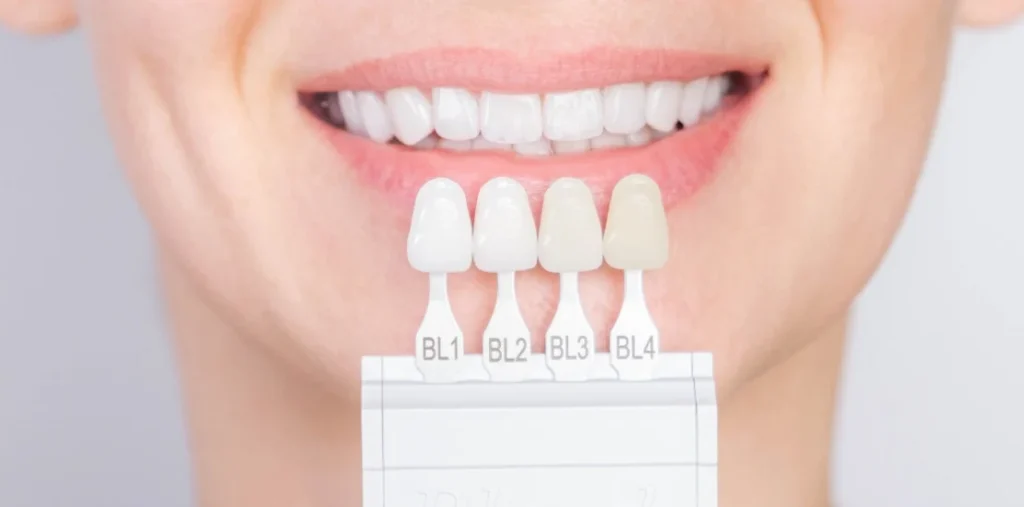
Dental veneers are an aesthetic and affordable option for enhancing a smile, replacing other, more invasive solutions such as crowns,
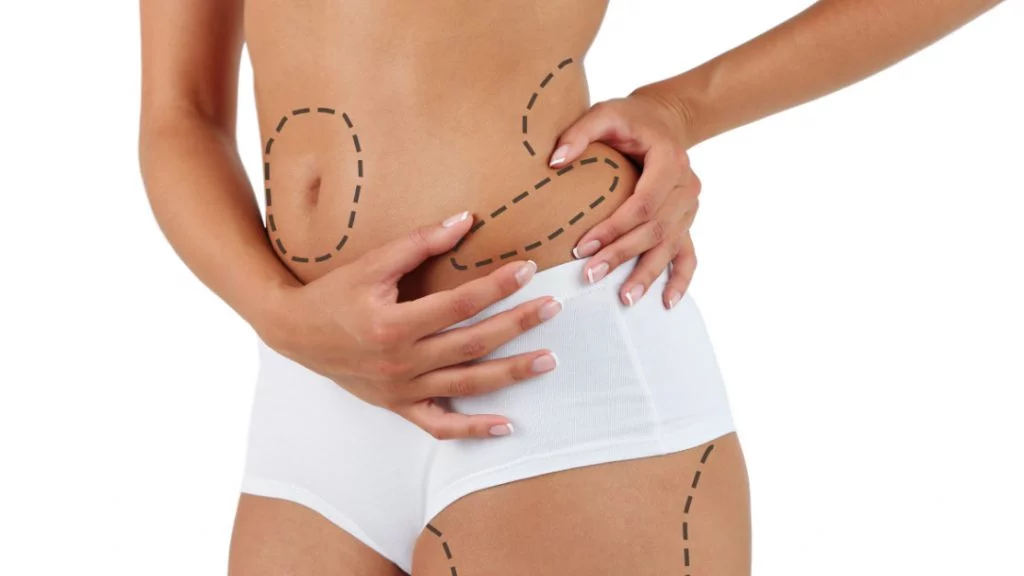
Both JPLASMA and VASER technologies are advanced methods used in Tunisia for liposuction, but they work in different ways and
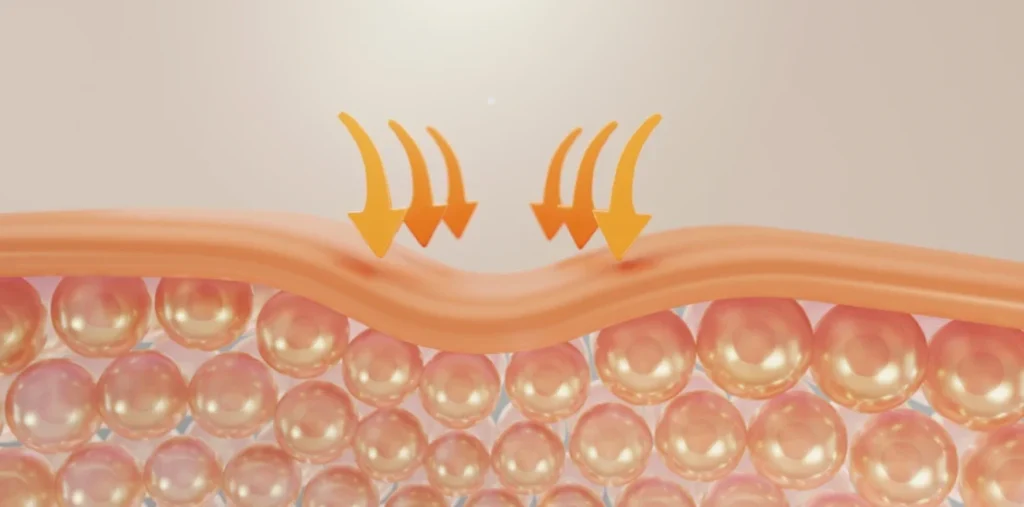
Lipedema is a chronic condition characterized by a disproportionate accumulation of fat, mainly in the legs and sometimes the arms.

Abdominoplasty is one of the most popular cosmetic surgery procedures in the world, removing excess abdominal skin and smoothing the

Comment choisir la meilleur clinique pour une chirurgie esthétique en Tunisie? En faisant confiance à SEJOURMEDICAL pour vous accompagner dans
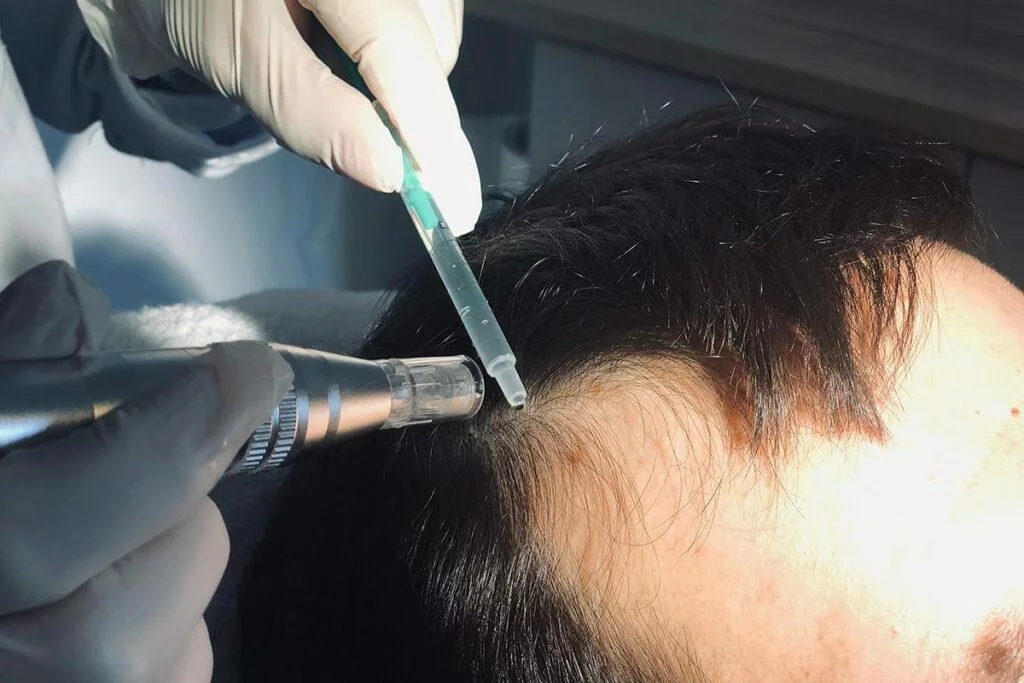
The quest to combat hair loss has led to numerous technological and medical advances. Among the most innovative solutions is

Medical tourism, which involves traveling to a foreign country to receive healthcare, has been growing rapidly for several decades, but

Breast surgery is one of the most popular cosmetic procedures for women looking to harmonize their figure, correct physical discomfort,
Sign Up To Our Newsletter
Sign up and receive updates and news about Care in tunisia
